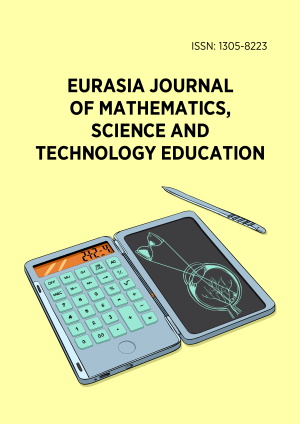Abstract
In an increasingly digitalized educational context, programming for children emerges as a complementary tool for learning mathematics, facilitating the development of logical thinking and problem-solving skills from an early age. However, in the Colombian school curriculum, coding has not yet been formalized as a pedagogical strategy in mathematics. This study explores the potential of integrating coding into mathematics classrooms through a qualitative analysis based on symbolic interactionism and substantive theories obtained from the literature. These analyses were contrasted with the experiences of children and mathematics teachers who, on their own initiative, incorporated children’s coding into their classrooms. The participants were 210 students from fifth, sixth, and seventh grades and six mathematics teachers from four public educational institutions in Colombia. Data was collected through surveys and semi-structured interviews, with the informed consent of the students’ guardians and the assent of the teachers; the instruments were validated by experts. The results suggest that the use of electronic devices and the learning of algorithms and sequences contribute to strengthening logical-mathematical and problem-solving skills, which are highly valued in the 21st century. The study concludes that incorporating technological tools into mathematics teaching enriches the understanding of key concepts and offers new possibilities for learning.
License
This is an open access article distributed under the Creative Commons Attribution License which permits unrestricted use, distribution, and reproduction in any medium, provided the original work is properly cited.
Article Type: Research Article
EURASIA J Math Sci Tech Ed, Volume 21, Issue 9, September 2025, Article No: em2696
https://doi.org/10.29333/ejmste/16819
Publication date: 01 Sep 2025
Online publication date: 25 Aug 2025
Article Views: 2602
Article Downloads: 706
Open Access References How to cite this article
 Full Text (PDF)
Full Text (PDF)